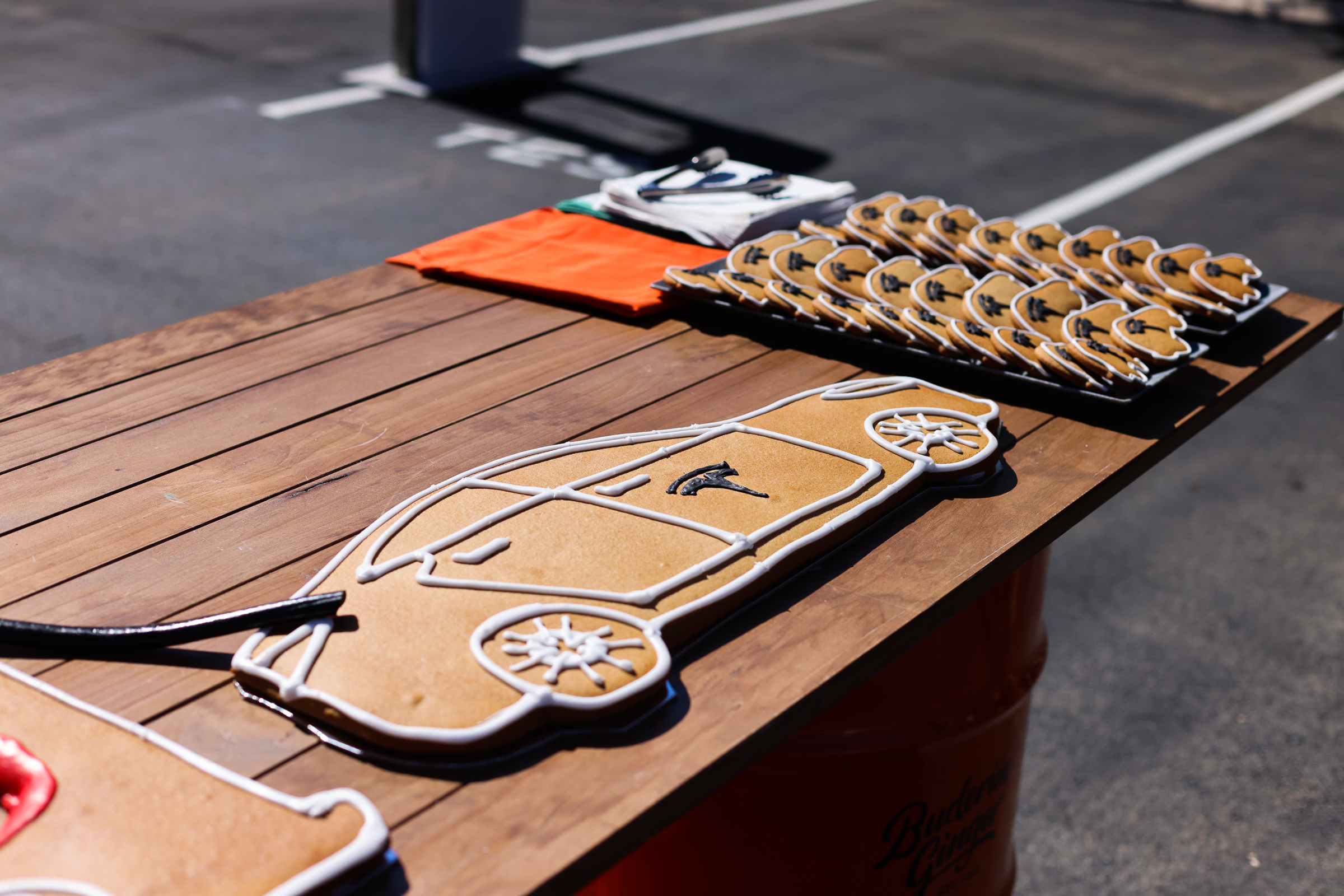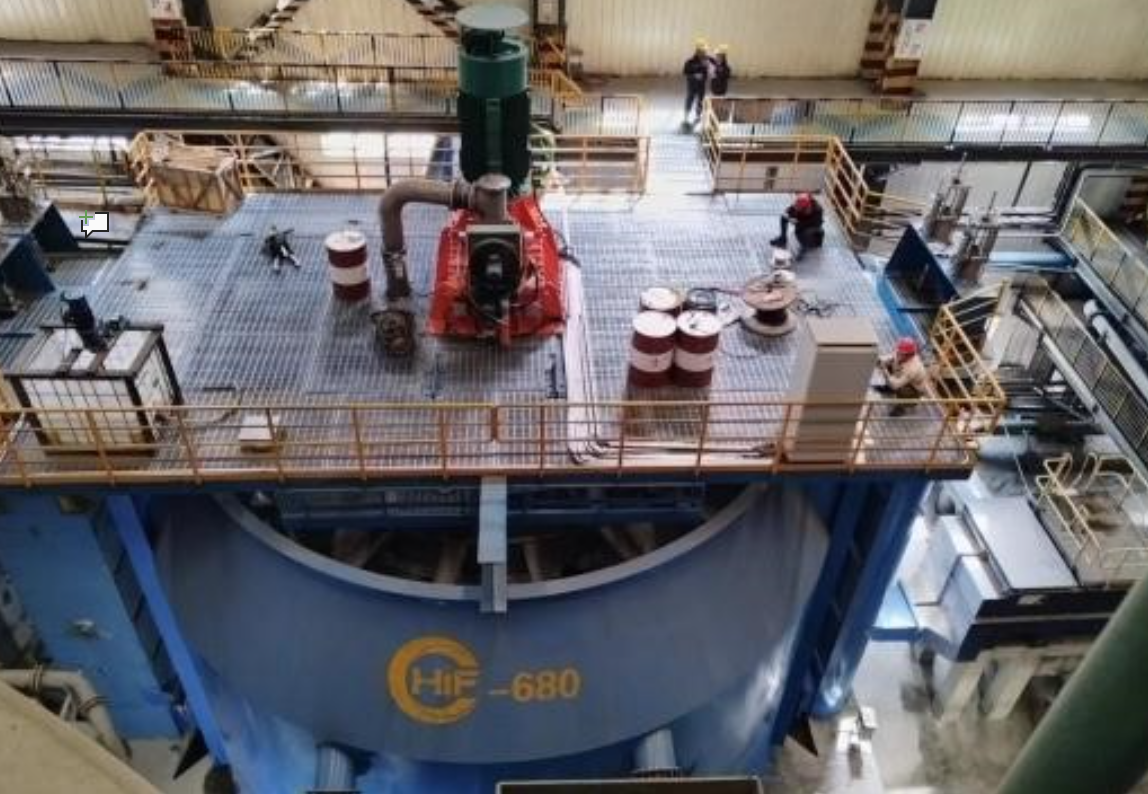Sign up for daily news updates from CleanTechnica on email. Or follow us on Google News!
In a recent press release from California’s Office of Governor, the state announced that it’s time to cut some checks for 270 EV chargers at 26 stations along the state’s highways. This year’s budget for this is just over $40 million, and over the next five program years (this may take a decade or more in calendar years) the state is going to cut checks for as much as $380 million. All of this comes from the federal NEVI program.
If you follow the story of EV infrastructure rollout in the United States, you probably know what NEVI is. If you don’t, I’ll explain what it means (feel free to skip down if you already know). The National Electric Vehicle Infrastructure program is part of the Infrastructure Bill, which has also been called the Bipartisan Infrastructure Law (19 Republicans voted for it in the Senate), and even “President Biden’s Infrastructure Law” (here’s a Schoolhouse Rock song that can explain why that’s a misnomer).
The program basically gives each state a cut of the money, and leaves the actual administration of the program up to the state’s government. This usually falls to the state’s department of transportation (DOT), which then figures out how to spend the money, hire contractors, select sites, and many other things. Some states are doing this faster, while other states are going really slowly. California seems to be about in the middle when it comes to speed.
The program did come with some federal rules, though. Basically, the states have to put stations along each of the designated “alternative fuel corridors,” which by definition can only be part of the National Highway System (NHS). This can be a little confusing, because while all interstate highways are part of the NHS, not all US highways are, and some state and even local highways of strategic importance to the country can be included. For example, Arizona’s US-70 is not part of the NHS, and will not get NEVI funding, leaving a medium-sized city out. But, a nearby rural state route (AZ-90) is going to be included, because it provides an important connection to Mexico.
The first year of the program is going to focus strictly on each state’s interstate highways. Subsequent years will focus on other routes that are not interstates, but are NHS-designated and have received an alternative fuel corridor designation.
Regardless of which year the highway gets funding, there are some rules for the construction of the stations. First, they have to be every 50 miles or less (with exceptions that can be applied for in the planning phase). Second, they have to have at least four stalls with CCS plugs. NACS plugs were not an open standard when the law was passed, but many states are requiring contractors to include NACS plugs. Also, there must be enough power available for each of these four stations to provide 150 kW of speed simultaneously (so, 600 kW for the site, minimum).
These stations can either be brand new stations, or they can be upgraded stations. In some cases, “upgrade” means swapping out an existing Level 2 station to a Level 3 station. In other cases, it could mean upgrading slower 50 kW stations to the NEVI specs described above. It could also mean adding CCS ports to Tesla Superchargers via Magic Dock, which can be VERY profitable for Tesla while also easily putting in the lowest bid.
What California Is Doing, Specifically
A number of states have already awarded contracts for specific stations, but California isn’t at that step yet. The announcement CalTrans is making now is that the state’s ready to accept bids, and will keep that process open until late January.
At this point, contractors are supposed to read through the instructions and information, come up with prices for each required element, and then send the packet in to CalTrans for consideration. Final locations where the stations will go will depend on which bids win, so the state can’t tell us exactly what’s going to happen right now.
But, the lack of information doesn’t mean we can’t make some educated guesses.
First off, the announcement’s talking about 270 chargers at 26 locations. That means there’s going to be an average of 10-11 chargers per station, which exceeds the four required by federal law. This makes heaps of sense, because California is at a different stage of the EV adoption curve than many other states (because the state’s #1 on this). Instead of being worried about extending the geographic spread of EV charging infrastructure, California’s more worried about expanding capacity on these major routes to reduce wait times.
This makes even more sense when we consider the federal priority for the first year of the NEVI program: interstates. California’s interstates have a lot of stations already (especially if you compare it to running-behind states like New Mexico or North Dakota). Instead of worrying about spread, the state’s really got to worry about quality and capacity at this point if it’s going to spend the money wisely.
We can also make an educated guess on timing. The first contracts are anticipated to be awarded in Q2 2024, but there’s a long road after that for an actual station to go online. I’ve seen many stations take 6+ months to finalize design, build, and energize, with the longest wait usually being for the utility connection. So, with Q2 ending in June, we shouldn’t expect anything to come online until very late 2024 or early 2025.
A Drop In The Bucket
While 26 stations with 10-11 sites would make a huge difference in a rural state, it’s sadly not going to make a huge difference in California. There are already so many charging stations and so many EVs that the overall effect won’t be huge.
Even worse, we can’t expect this to do much compared to what’s going to be needed in the next five years in California, let alone ten. It would only take a few hundred EVs traveling up I-5 to clog these up and make for wait times, and a few hundred more to clog all of the others up. So, so, so much more will be needed to make for efficient electric motoring if the state wants to achieve its goals.
Featured image by Electrify America.
Have a tip for CleanTechnica? Want to advertise? Want to suggest a guest for our CleanTech Talk podcast? Contact us here.
EV Obsession Daily!
I don’t like paywalls. You don’t like paywalls. Who likes paywalls? Here at CleanTechnica, we implemented a limited paywall for a while, but it always felt wrong — and it was always tough to decide what we should put behind there. In theory, your most exclusive and best content goes behind a paywall. But then fewer people read it!! So, we’ve decided to completely nix paywalls here at CleanTechnica. But…
Thank you!
Community Solar Benefits & Growth
CleanTechnica uses affiliate links. See our policy here.




